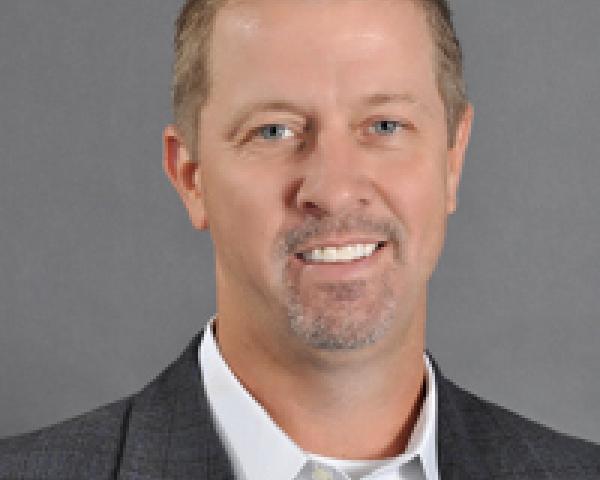A historical challenge in workers’ compensation has been creating the best possible approach to communication: consistently reinforcing transparency, putting the injured employees’ needs first and reassuring them that their claims team is working in their best interests.
Employers today, more than ever before, are engaged in the workers’ compensation process and, in partnership with Sedgwick, have developed efficient healthcare and treatment solutions that provide the highest quality of care. They have also developed return-to-work programs that not only accommodate potential injury-related restrictions and ensure compliance with state and federal employment laws (e.g. Americans with Disabilities Act) but that also encourage employees to come back to work as quickly as possible. This approach ultimately results in an improved experience and outcome for all parties. The responsibilities of claims and managed care professionals encompass many activities that already assist with this process, but there is an emerging need to take employee care above and beyond the standard claims management efforts.
This expanded approach involves being an advocate for the employee by listening, communicating, providing information and proper medical care, explaining how this complicated process works—and being there to assist them at every turn. From the time an injury occurs to the moment the claim is closed, the examiners, the nurses and the colleagues who assist the employee all serve important roles that can have an impact on the outcome of the claim. It’s through their experiences that our industry can see the value of employee advocacy and the advantages it can bring for all parties involved.
Exploring the Shift in Philosophy
There seems to be a change in the philosophy of employers as it relates to workers’ compensation injuries. Today, businesses are more interested in making sure their injured employees get everything they need to recover, and they are willing to spend the money and do all the right things as a part of their responsibilities as an employer. Instead of questioning claims, they are more focused on restoring the health of their employees. To do this successfully, employers must work closely with claims administrators to develop and implement a process around employee advocacy. This may include assigning a trained, knowledgeable member of the claims team to guide employees through the process or connecting them with a nurse who can assist with their medical concerns. There are different options based on the individual employer’s needs, but each one is designed around the same objective: improving injured employees’ health and well-being.
Surrounding the Employee With Support
The employee advocate typically performs an outreach to the employee after receipt of the first report of injury. The advocate is someone who asks how the employee is doing and offers a sympathetic ear. The advocate is also someone who has information on their claim and is connected to all of the resources available to assist the employee. This initial call can offer several advantages, including:
- Reassuring the employee that the employer cares and that the employee is not going to lose his job for filing a workers’ compensation claim;
- Providing guidance to the injured employee that could prevent a minor claim from becoming something major;
- Answering initial questions to resolve possible issues that could lead to litigation—if the employee needs additional information, the advocate can get what she needs and call back; and
- Keeping everyone calm at the outset of the injury and having a positive impact on the employee’s attitude.
In this role, the advocate becomes the employee’s key contact and will make sure the employee does not feel alone in this process. The topics for the advocate’s outbound calls may include explaining workers’ compensation; setting expectations related to claim investigation, medical bills, prescriptions, benefit payments and return to work; or explaining the roles of the adjuster or nurse case manager assigned to the employee's claim.
Providing Specialized Clinical Advocacy
Clinical resources may be needed for an employee based on his injury. This type of advocacy includes a phone call from a registered nurse who will ask the employee how she is doing, answer her medical questions and direct her to the best provider for her injury. At this time, the nurse may also identify any psychosocial issues or other concerns that may affect the employee’s ability to recover or return to work, and the nurse may then direct the employee to behavioral health or return-to-work specialists.
Benefits and Proven Results
When employees are injured at work, this can be an unsettling time for them—filled with many questions. Providing upfront communication and a healthcare team focused on their well-being can make the process better for everyone. Employer benefits include reductions in litigation, medical costs and lost time. With the average cost of litigated workers’ compensation claims about 65% more expensive than non-litigated claims, reassuring employees and keeping them as happy as possible throughout the claims process can have immeasurable value.
We have experience working with several employers that have implemented successful advocacy programs. One is a retail company that has an advocate who contacts every employee on the first day of an injury to see how they are doing. This company's goal was to reduce litigation, and it has accomplished that through this process. The company feels having someone reach out gives each employee a sense of security, as well as the reassurance that he won’t lose his job due to filing a claim and the feeling that he is part of a system that protects him.
Focusing on the Employee
Examiners, nurses, assigned advocates and other members of the claims and managed care teams all work together to ensure the injured employee has the best possible outcomes. Having a team to surround the employee with care and recovery solutions provides significant dividends related to the continuation of productivity and employee morale—and it can positively influence the overall view of their employer.






